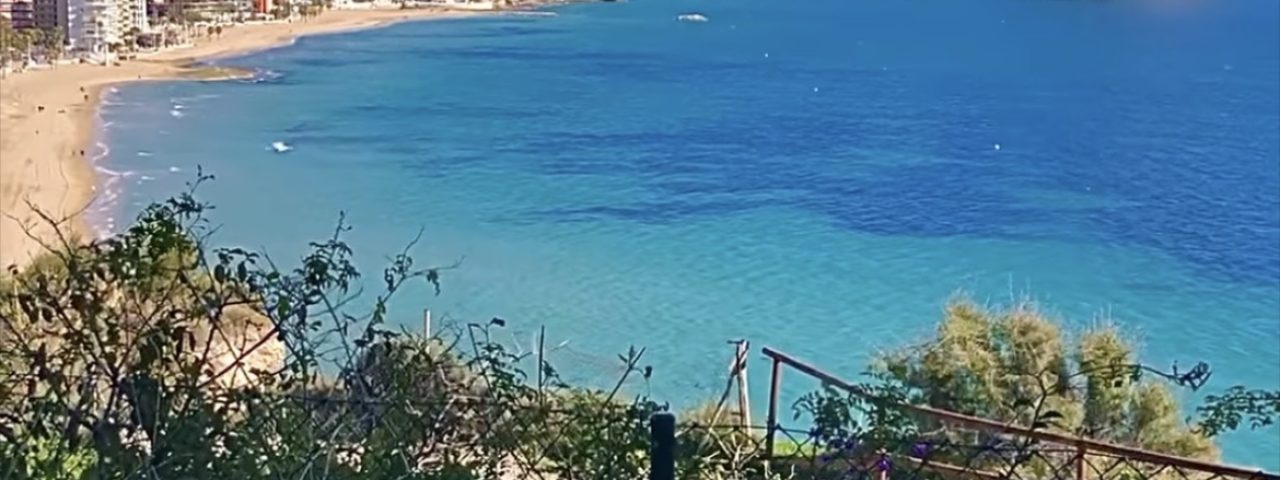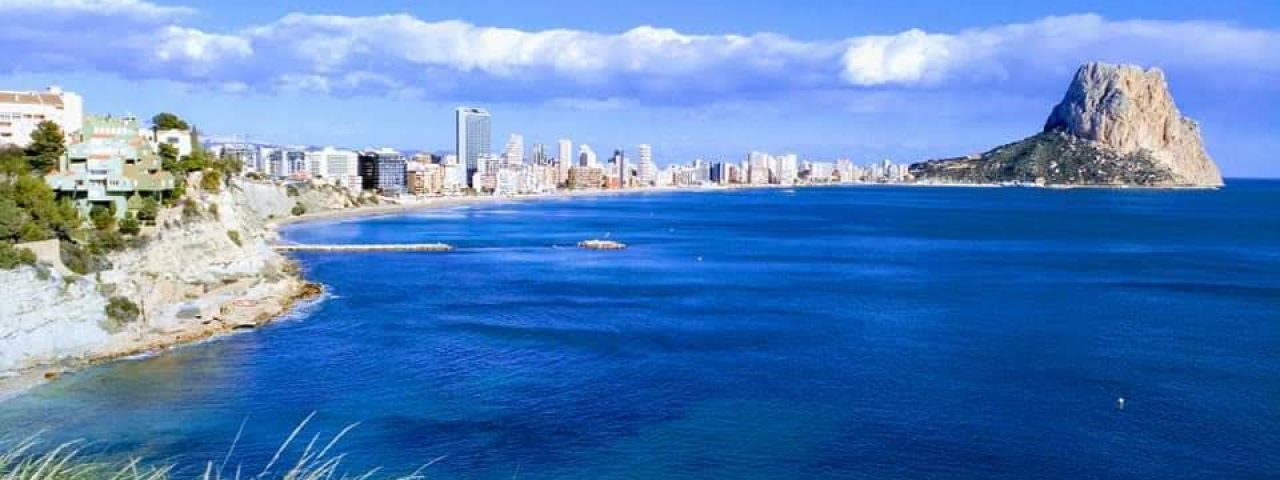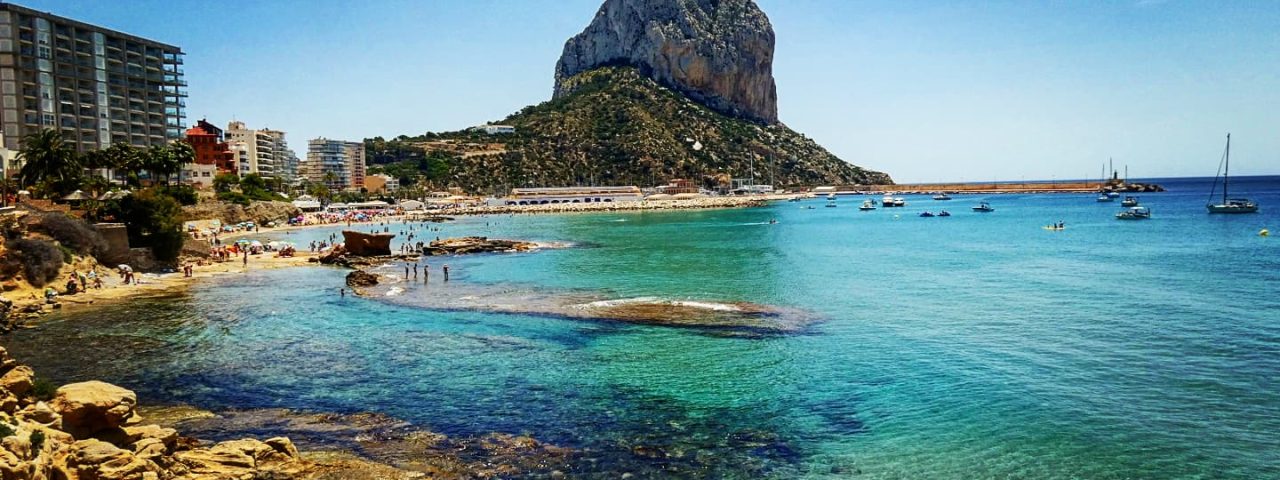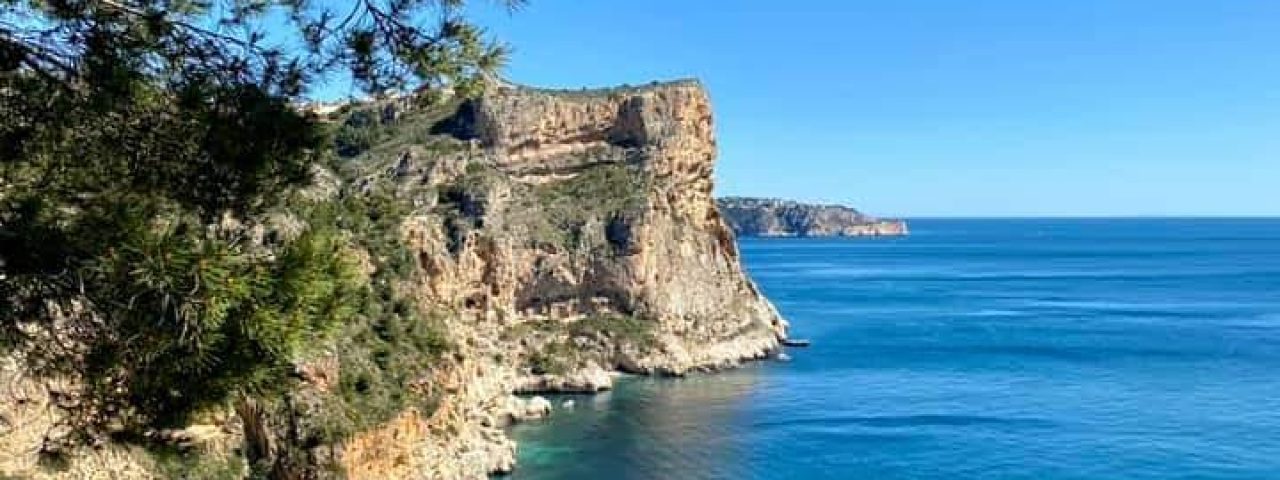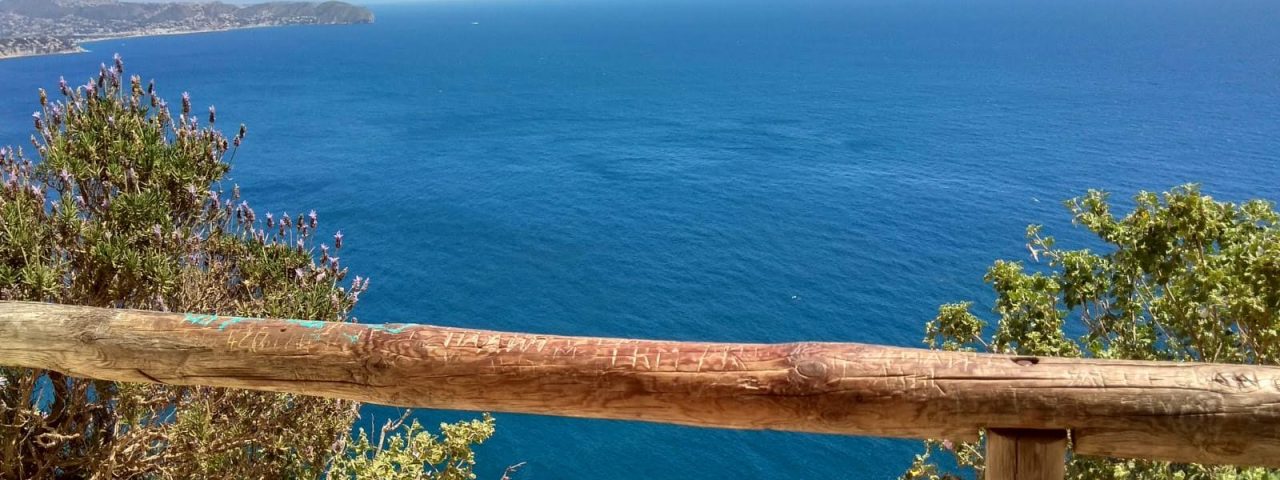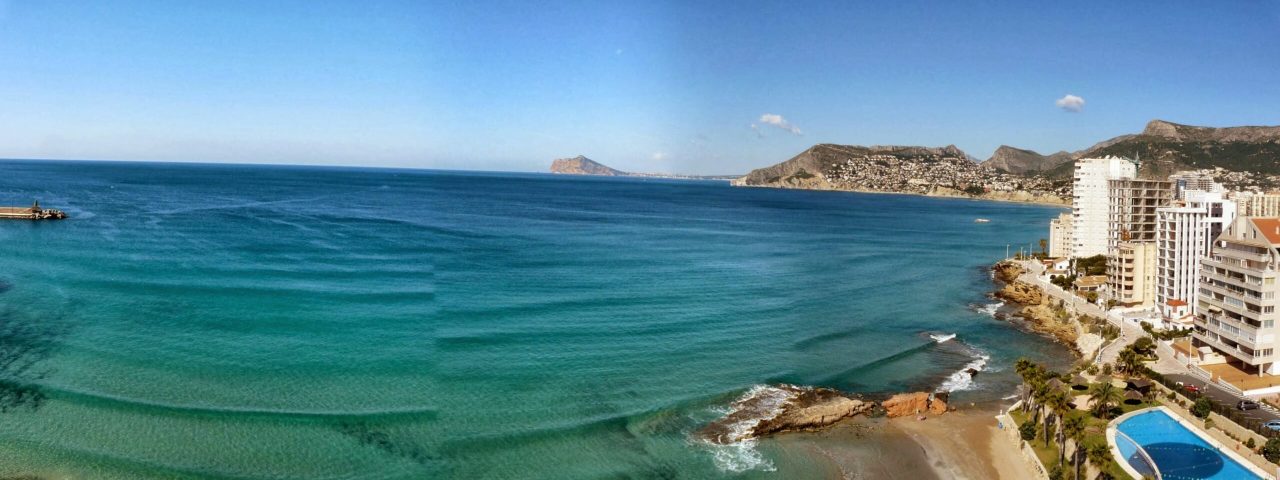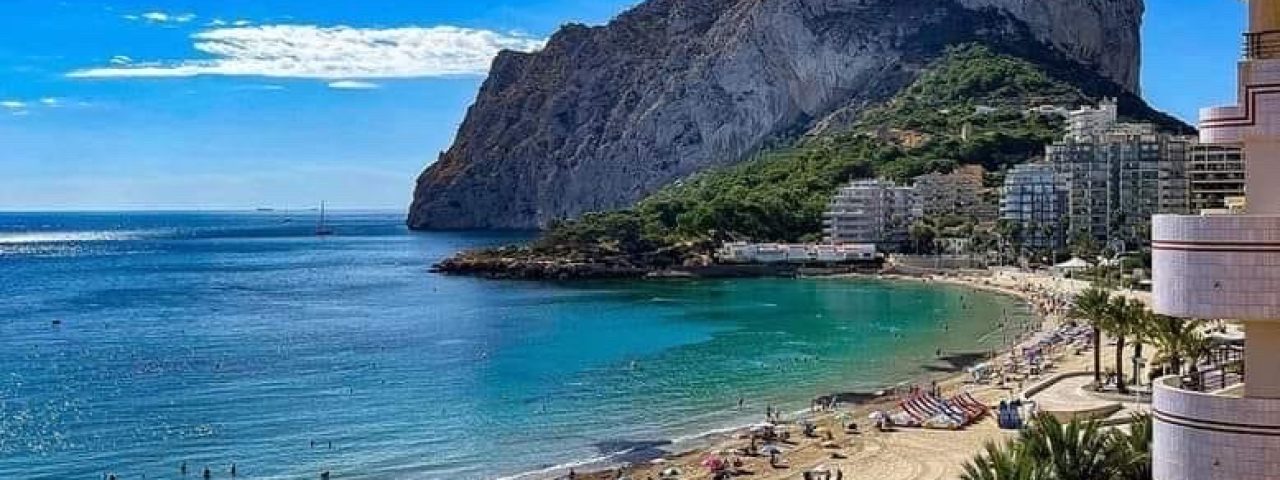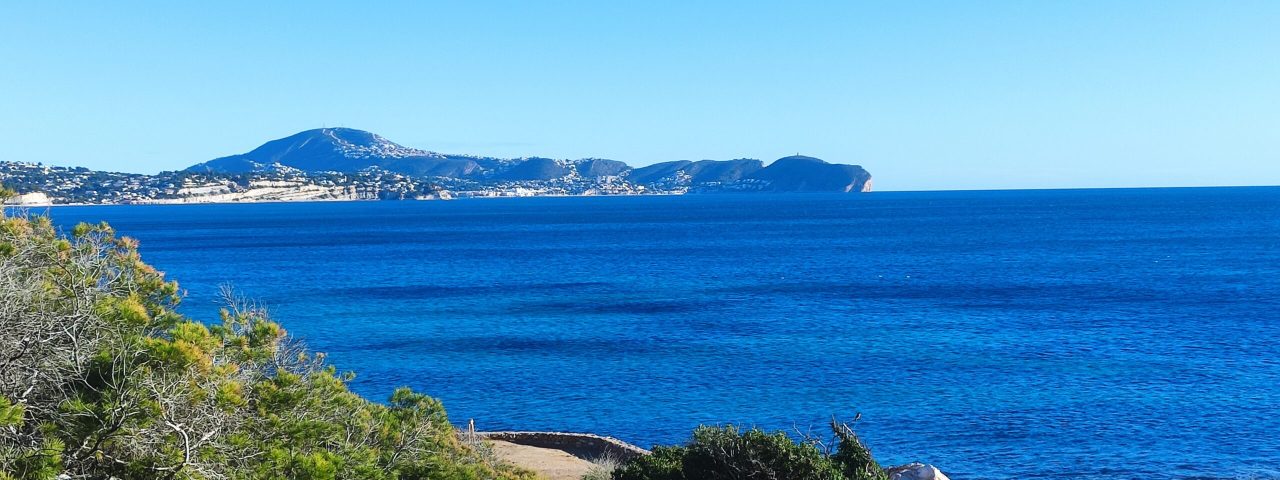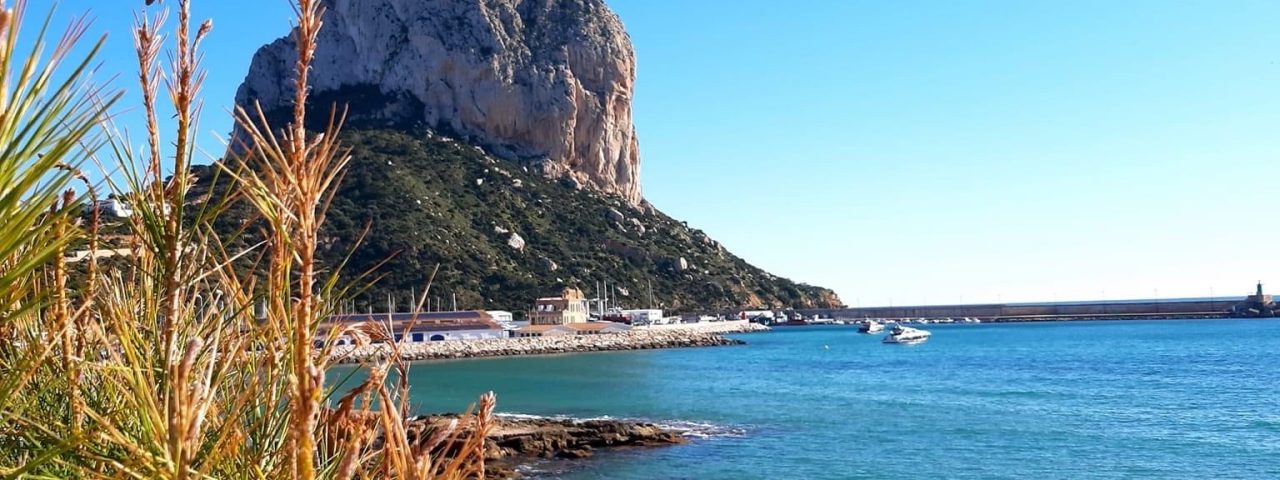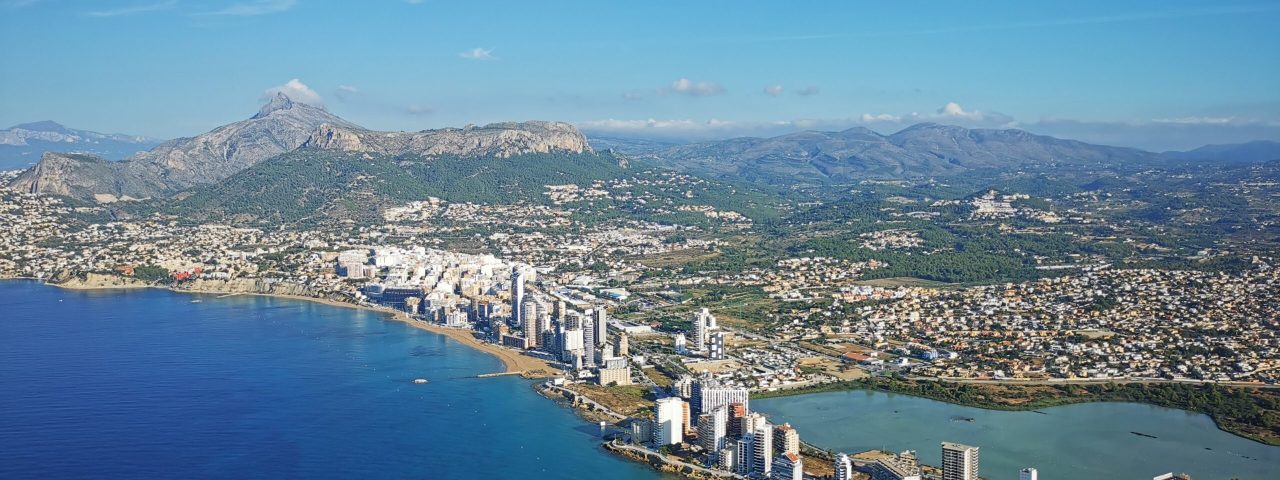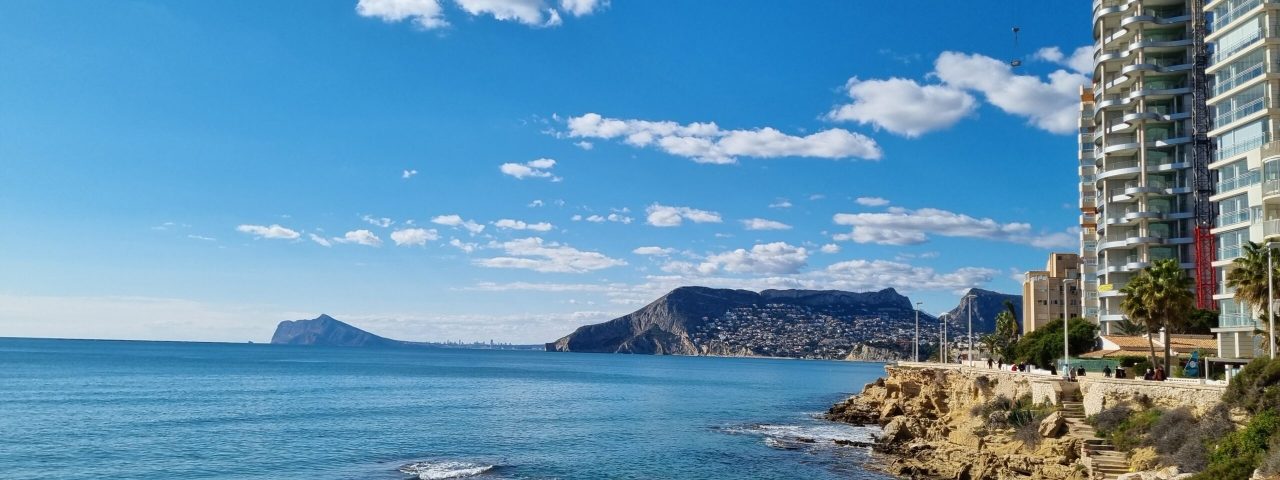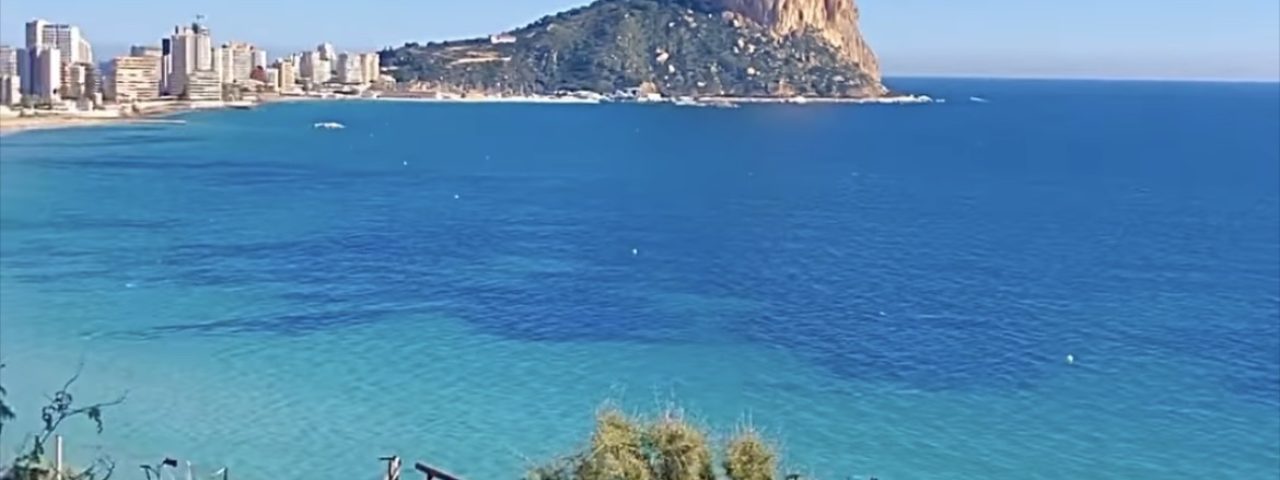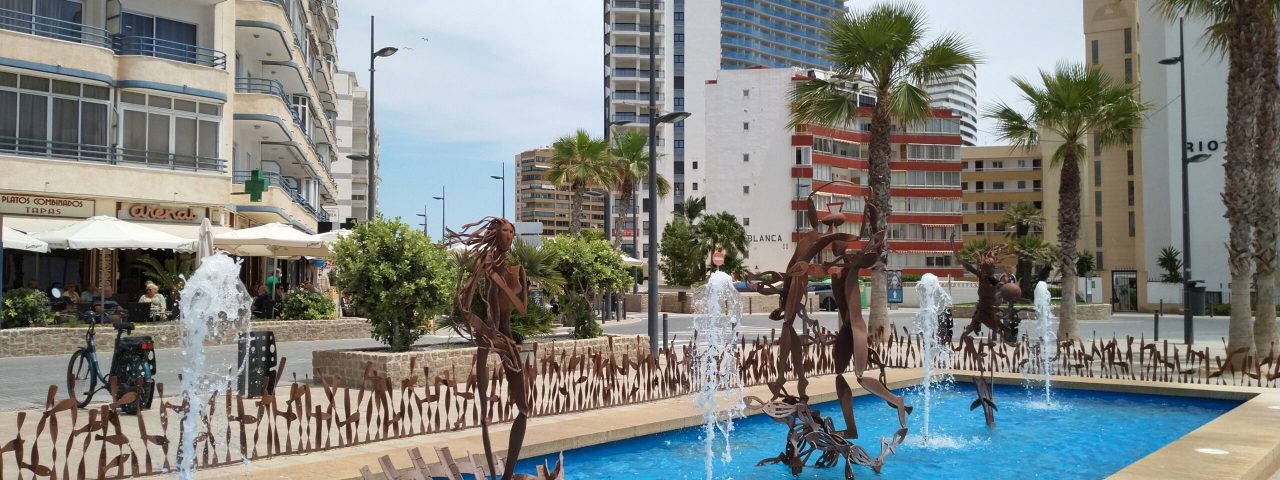Calpe’s history is a rich tapestry woven from the many civilizations that have settled here over the centuries. Its strategic coastal position made it an attractive location for early civilizations, including the Phoenicians, Iberians, and Romans. Remains of Roman baths and settlements, like the Baños de la Reina, can still be seen today, offering a glimpse into the city’s ancient past. During the Middle Ages, Calpe came under Moorish control before being reconquered by Christian forces in the 13th century, a legacy still reflected in its architecture and local traditions.
The cultural identity of Calpe is deeply rooted in its maritime heritage, and many local festivals and customs reflect this connection to the sea. One of the most significant annual events is the “Moros y Cristianos” festival, which celebrates the city’s reconquest from the Moors with elaborate parades, costumes, and reenactments. Other cultural highlights include the Virgen de las Nieves festivities in August, where locals celebrate their patron saint with fireworks, music, and religious processions.
Calpe’s old town is a cultural gem, with narrow cobbled streets, colorful facades, and charming plazas that offer a snapshot of the city’s past. The town’s walls, once built to protect it from pirate attacks, still stand as a reminder of its turbulent history. Local customs, such as the Mediterranean siesta and evening paseo (stroll), are still observed, creating a relaxed and welcoming atmosphere.
